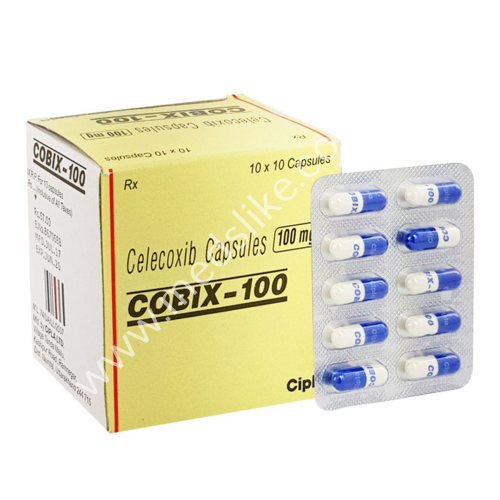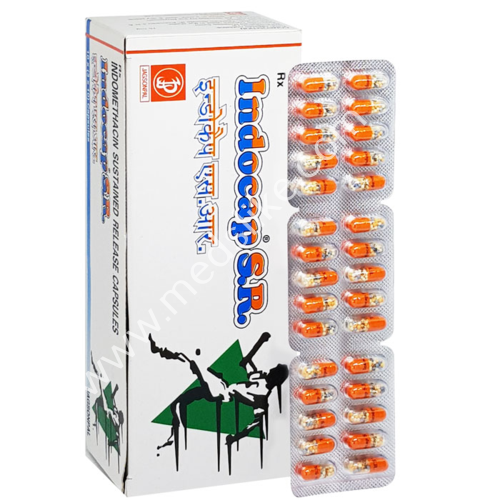Different Kinds of Pain
An acute or chronic pain can occur.
In general, acute pain is severe and transient. It’s the body’s method of warning someone about a wound or specific tissue damage. This kind of discomfort is typically resolved by treating the underlying injury. One can further categorize acute pain into Best Pain Relief tablets on the skin or in the soft tissues just beneath the skin is referred to as somatic pain.
The linings of the body’s cavities and internal organs are the source of visceral pain.
Referred Pain Relief, like the shoulder agony experienced during a heart attack, is felt at a different area than the site of tissue damage.
Compared to acute pain, chronic pain lasts significantly longer. Often, there is no way to fix it. It might be moderate or severe, persistent (like in arthritis) or sporadic (as in migraines). Pain Relief that comes and goes on repeatingly is called intermittent pain.
There are more specific classification schemes for aches, such as:
When the peripheral nerves that link the brain and spinal cord to the rest of the body are injured, neuropathic pain results. It might manifest as tenderness, numbness, tingling, pain, and discomfort similar to an electric shock.
Phantom pain is the term used to describe the excruciating feelings that the amputated limb produces following surgery. About 70% of amputees are impacted.
An infarction, abscess, tumor, degeneration, or hemorrhage in the brain or spinal cord are common causes of central discomfort. Persistent central discomfort can vary in intensity from moderate to excruciating. Patients describe pressing, hurting, and scorching feelings.
Typical drugs
- Ibugesic
- voltaflam
- Drotin
- Voveran gel-1%
- Volini gel, etc.
Pain Relief Tablets should only be purchased from reputable online pharmacies, even though you may readily obtain these items from any offline or online drugstore. Use them sparingly.
Substitutes For Drugs
Acupuncture: The use of needles at certain pressure points has the potential to Pain Relief.
Nerve blocks: These injections have the ability to numb a cluster of nerves that are causing pain in a particular limb or body region.
Psychotherapy: This can assist in addressing the psychological aspect of chronic pain. A person with chronic pain may find it difficult to enjoy daily activities and may eventually become unable to work. In order to facilitate these aspects of life, a psychotherapist can help to improve understanding and implement lifestyle modifications.
Transcutaneous electrical nerve stimulation, or TENS, is a pain management technique that works by activating the brain’s opioid and pain gating systems.
Surgery: To treat chronic pain, a variety of nerve, brain, and spine operations may be performed. Rhizotomy, decompression, and electrical deep brain and spinal cord stimulation techniques are a few of these.
This is a mind-body method called biofeedback. By means of biofeedback, individuals can acquire enhanced mental control over their organs and autonomic functions, such heart rate.
Relaxation therapies: These encompass a broad spectrum of regulated relaxation methods and practices, primarily found in complementary and alternative medicine. Hypnosis, yoga, meditation, massage therapy, tai chi, and distraction techniques are a few examples of this.
Physical manipulation: By releasing tightness from a patient’s back, a physiotherapist or chiropractor may be able to help reduce pain.
Applying hot and cold compresses can be beneficial. These can be chosen or switched out based on the kind of discomfort or damage. When topically applied to the affected area, certain drugs have a warming effect.
Rest: This can be the best course of action if the pain is brought on by an accident or a repetitive motion.
Myths/Facts
Myth: Physicians are all trained to handle pain.
Fact: Not all physicians are created equal when it comes to managing pain. A patient with chronic pain requires years of specialized training to properly assess, diagnose, and treat. Pain treatment may even call for more specialization in certain circumstances. A rheumatologist is required to treat the underlying ailment as well as the pain whether it is brought on by an autoimmune disease like lupus or a rheumatic disease like arthritis.
Myth: There is a “silver bullet” to solve all problems.
Fact: Chronic pain is rarely cured by a single treatment. A comprehensive pain management program typically entails a wide range of therapies. Your doctor may recommend immobilization, physical therapy, medication, and ice.
Myth: Seeking therapy for pain implies weakness.
Fact: It might be frightening to acknowledge your pain and seek medical attention. It indicates that you are giving up control of your pain management to someone else and that you are unaware of what is causing your discomfort. In fact, seeking medical attention for your suffering requires a lot of bravery.



